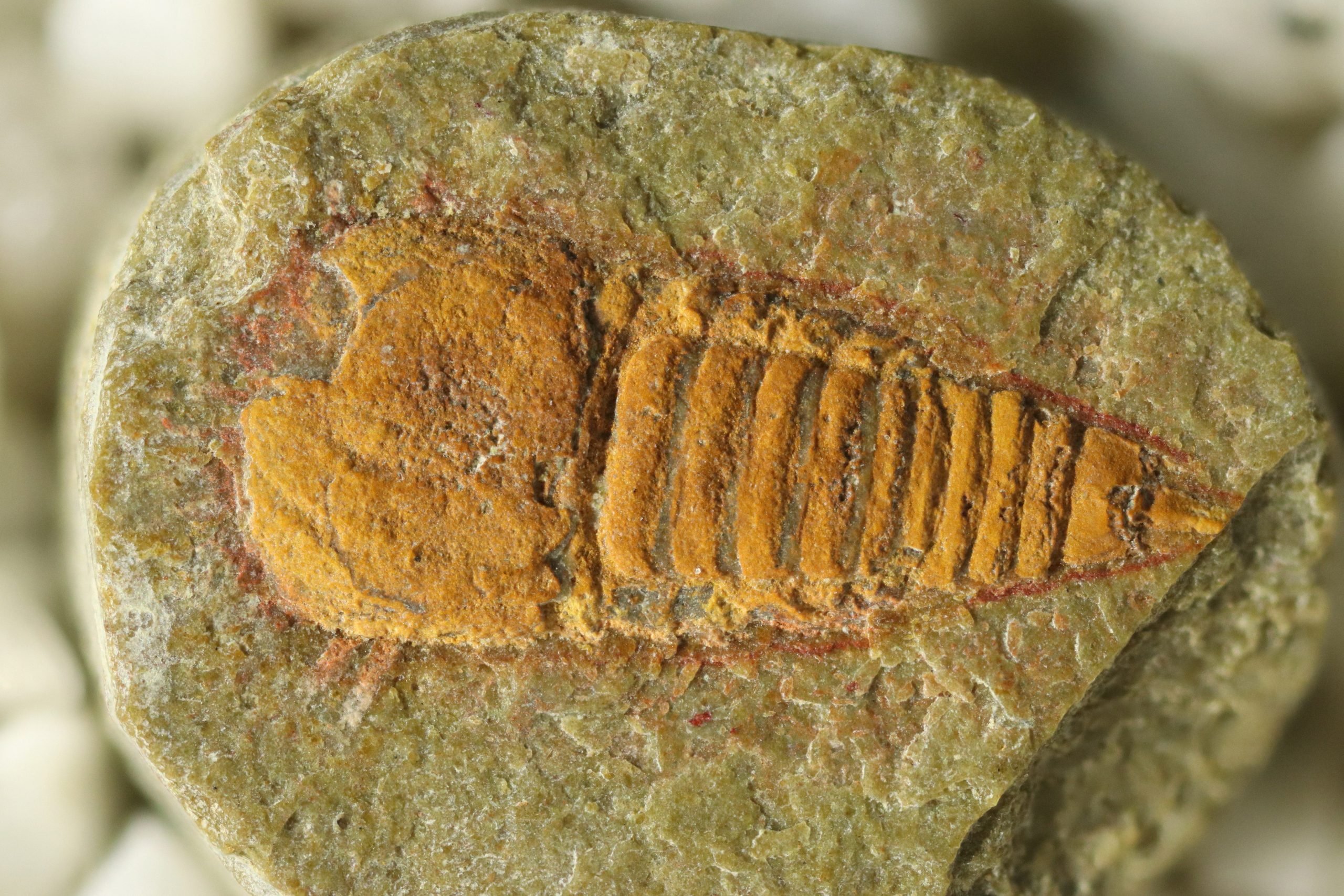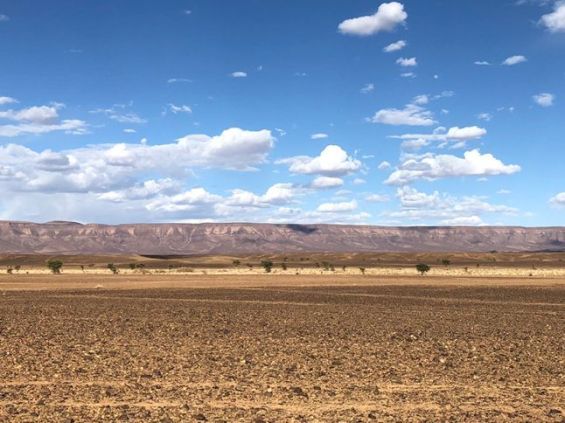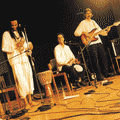Thanks to old fossils discovered in Morocco, scientists are understanding how scorpions, spiders, and horseshoe crabs came to be! These creatures, which belong to a bigger group called «arthropods», are believed to be connected to even older creatures from the Cambrian period, around 505 million years ago.
Three scientists from the University of Lausanne, Switzerland, have tried to unravel this connection by analyzing a collection of fossils from 478 million years ago. According to the study, published in Nature Communications earlier in May, the fossils are from the Fezouata Shale, a geological formation in southeast Morocco's Draa Valley. The formation dates to the Early Ordovician and is known for its exceptionally preserved fossils.
The findings of the study, led by PhD laureate Lorenzo Lustri, revealed that one particular fossil from the collection completes the puzzle. Named «Setapedites abundantis», the previously unstudied fossil connects the modern creatures to the old ones!
The origins of scorpions and spiders
The fossil is small, only about the size of a pencil eraser, but it's a big deal for scientists because it helps fill in a gap in their knowledge of how these animals evolved. It has five parts that resemble legs and other features that suggest it's an ancestor of horseshoe crabs and its relatives.
«Setapedites abundantis possesses features that illuminate the ancestral anatomy of this group of creatures», the scientists explain. Analysis has shown this fossil to be «a member of the stem euchelicerate family Offacolidae, which is characterized by appendages with two branches on the body segment closest to the head».
 One of the Setapedites abundantis fossils that have been used to trace the origins of spiders, scorpions, and horseshoe crabs. / Ph. UNIL
One of the Setapedites abundantis fossils that have been used to trace the origins of spiders, scorpions, and horseshoe crabs. / Ph. UNIL
It also «shares anatomical features with the Cambrian euarthropod Habelia optata, contributing to our understanding of how these creatures' body plans and appendages evolved over time».
«Initially, we only intended to describe and name this fossil. We had absolutely no idea that it would hold so many secrets», Lustri told Scitech Daily. «It was therefore an exhilarating surprise to realize, after careful observations and analysis, that it also filled an important gap in the evolutionary tree of life».
This discovery is helping scientists understand how these creatures evolved over time. It also helps explain how some of their body parts, like legs, changed over millions of years.





 chargement...
chargement...













